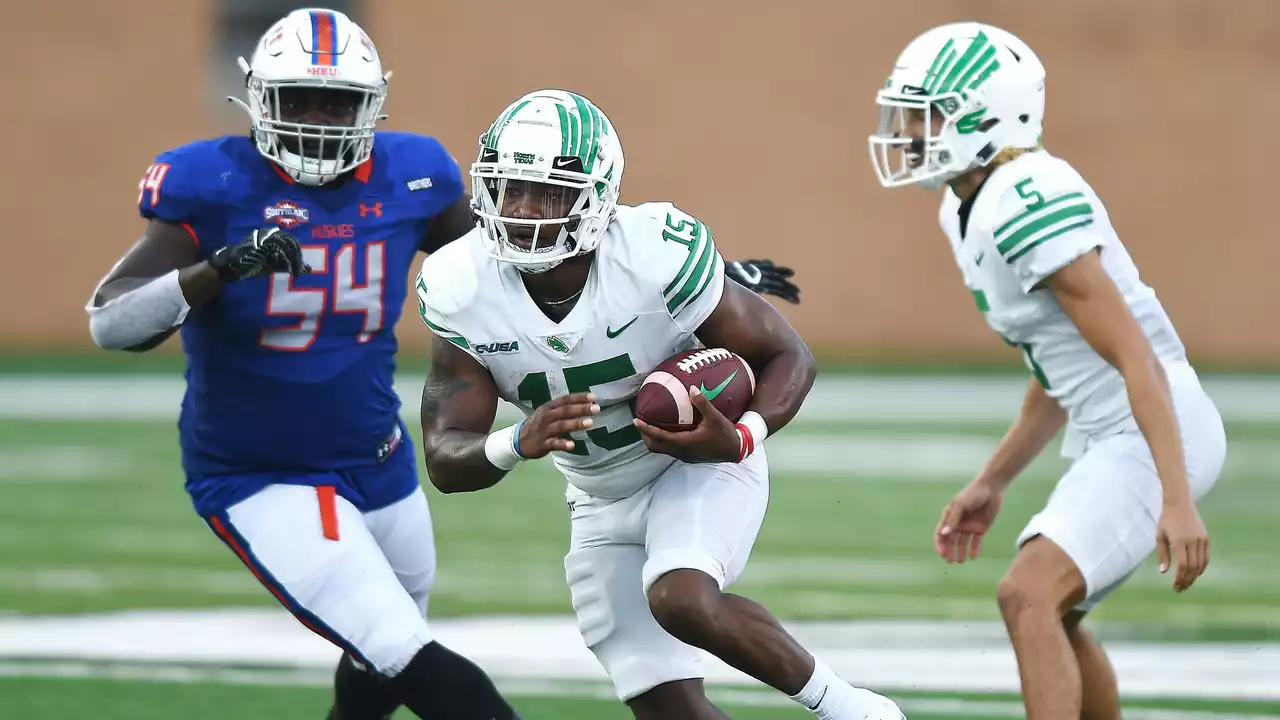College Sports: Your Go‑To Hub for Campus Athletics
When diving into College Sports, the organized athletic competitions among U.S. higher‑education institutions. Also known as university athletics, it brings together students, fans, and media in a unique blend of competition and community.
Key Topics in College Sports
One of the biggest draws is College Football, the fall‑season sport played by varsity teams across the nation. While fans love the rivalry games, the truth is that teams don’t pick every opponent on a whim. Conferences set the bulk of the schedule, leaving schools a handful of slots for non‑conference matchups. Those extra games often hinge on television contracts, recruiting goals, and regional interest.
Overseeing all of this is the NCAA, the governing body that establishes rules for college athletics. The NCAA negotiates TV deals, enforces eligibility standards, and approves conference realignments. Its regulations shape how budgets are allocated, how many games a team can schedule, and even when practice can start. In short, the NCAA connects the dots between schools, conferences, and broadcasters.
Conference scheduling itself is a complex puzzle. Athletic directors balance tradition (think of historic rivalry weeks) against revenue needs from prime‑time TV slots. They also juggle travel costs, academic calendars, and player safety guidelines. When a conference decides to add a new member, every team’s schedule reshuffles, triggering a chain reaction that can affect bowl eligibility and playoff chances.
Below you’ll find a curated collection of articles that break down these moving parts. From deep dives into how a team secures its non‑conference opponents to analysis of recent conference realignments, the posts give you a practical look at the forces shaping college athletics today. Dive in and see how each piece fits into the bigger picture of College Sports.
